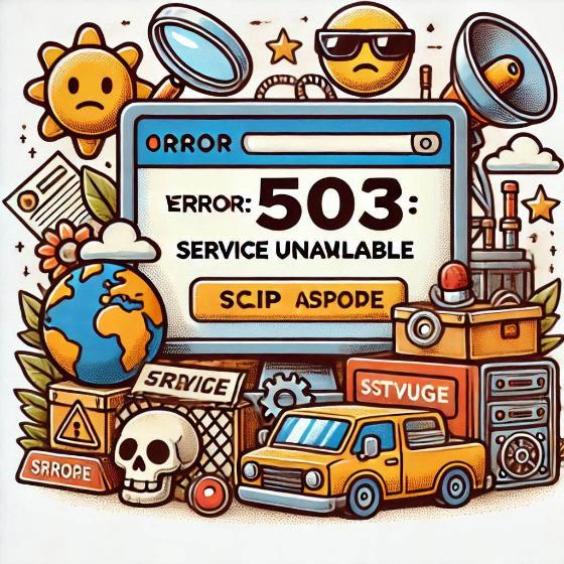What is and How to Practice Inbound Marketing
Inbound marketing is a digital marketing strategy that focuses on attracting potential customers organically, providing them with useful, relevant, and valuable content instead of using intrusive or invasive techniques such as traditional advertising. The main idea is to guide users through a journey that begins with discovering the brand and ends with becoming loyal customers.

Main features of inbound marketing:
Attract:
- The goal is to capture the attention of users with relevant and optimized content for search engines (SEO), publications in blogs, social networks, and other digital channels.
- Example: Educational articles, guides, tutorials, or free tools.
Convert:
- Once users are interested, the goal is to convert them into leads. This is achieved by offering additional content in exchange for their contact information (such as an email address).
- Example: Forms, eBooks, webinars, or access to exclusive content.
Close:
- Here, marketing automation and CRM (customer relationship management) tools are used to turn leads into customers.
- Example: Personalized email marketing campaigns or product demonstrations.
Delight:
- Inbound marketing does not end with the sale; it seeks to build long-term relationships. This includes ongoing support, satisfaction surveys, and content that keeps customers interested.
- Example: Sending newsletters with tips, updates, or promotions.
Benefits of inbound marketing:
- Lower cost: Compared to traditional marketing, it is usually more economical because it focuses on organic channels.
- Greater segmentation: It allows reaching specific audiences based on their interests and behaviors.
- Trust building: Offering value without asking for anything in return fosters customer loyalty.
- Sustainable results: Unlike paid ads, well-optimized content continues to attract traffic over time.
Common tools:
- Blog.
- Social networks.
- SEO (search engine optimization).
- Email marketing.
- Landing pages (landing pages).
- CRM (customer relationship management).
Inbound marketing has become an essential strategy for many companies in the digital age, as today's consumers value content that educates, solves problems, and adapts to their needs.

Implementation of an Inbound Marketing Strategy to Attract Customers
Inbound marketing has become one of the most effective strategies for capturing customers in the digital environment, offering relevant content and solutions that meet the needs of users. But how do you implement an inbound marketing strategy from scratch? Here we explain it step by step.
Step 1: Define your ideal customer (Buyer Persona)
Before starting, it is essential to know who you are targeting. Create detailed profiles of your ideal customers, identifying their interests, challenges, and behaviors. For example, if you have inventory software, your buyer personas could be warehouse managers looking to automate processes or entrepreneurs who need to control their inventory.
Step 2: Create valuable content
The heart of inbound marketing is content. Design articles, guides, videos, or infographics that answer the most common questions from your potential customers. For example:
- Blog articles: "How to avoid stockouts in your business".
- Downloadable guides: "Checklist for organizing your inventory".
- Videos: Tutorials on the use of your software.
Step 3: Optimize your digital presence
Make sure your content is easy to find. Use SEO techniques to position yourself in search engines, optimize your web pages for mobile devices, and work on keywords that are relevant to your sector.
Step 4: Capture leads
Once traffic reaches your site, convert those visitors into leads through forms and calls to action (CTAs). For example, you could offer a free eBook in exchange for the visitor's email address.
Step 5: Automate and personalize
Use automation tools to send personalized emails to leads. A sequence could include:
- Thank you for downloading a resource.
- Send additional related content.
- Offer a free trial or a personalized consultation.
Step 6: Analyze and adjust
Inbound marketing is not a static process. Regularly review metrics such as traffic, conversion rates, and email open rates. Identify what works and adjust what is not yielding results.

Practical case: Inventory software
Imagine that you implement inbound marketing for your inventory software. You create a blog with articles such as "Benefits of real-time inventory", offer a webinar on efficient warehouse management, and with that, you capture the data of interested users. From there, you automate the sending of emails to offer them a free trial and, finally, you manage to convert them into loyal customers.
The key to inbound marketing is that it focuses on attracting, educating, and delighting the customer, establishing a relationship based on trust and value. By implementing it correctly, not only do you increase your sales, but you also build a community around your brand.






